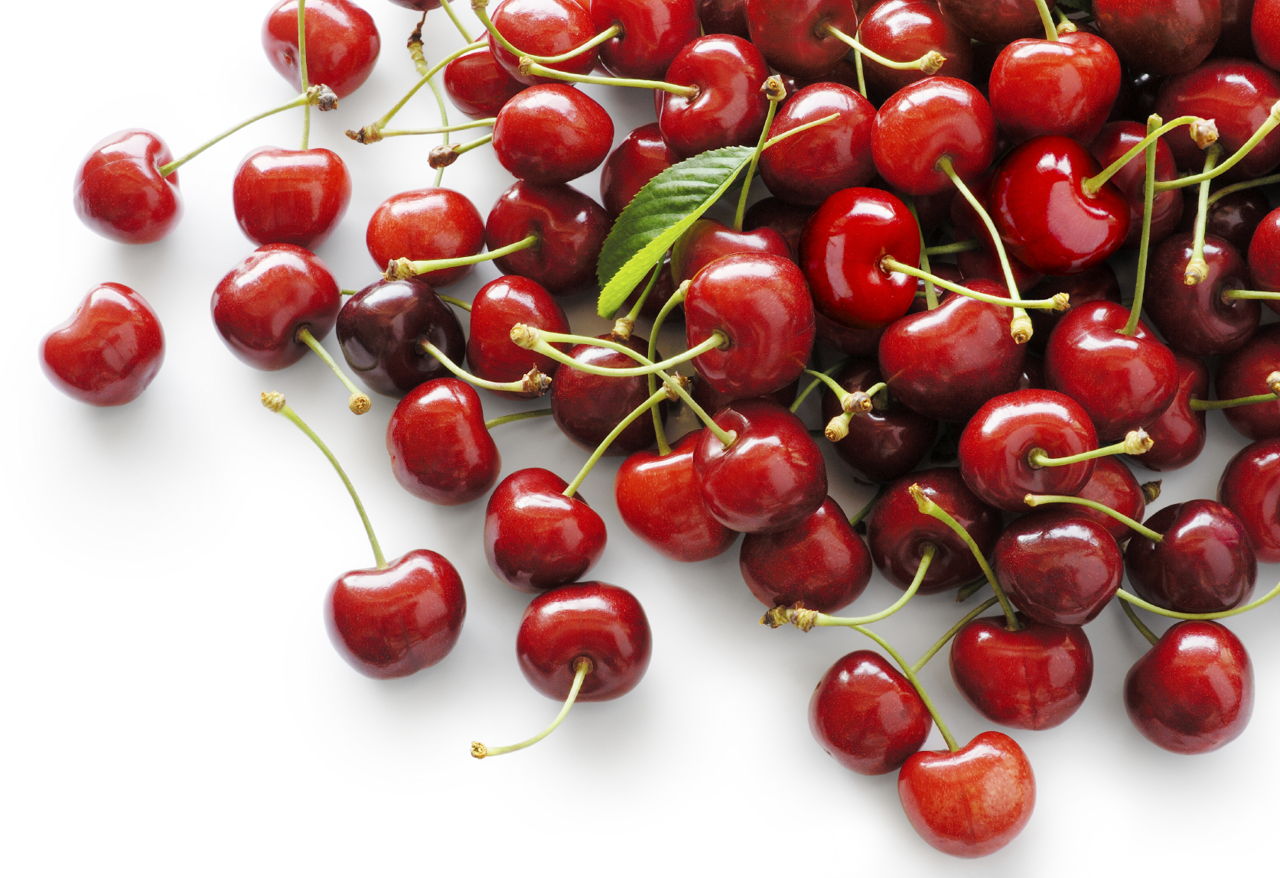
The colorful appearance and refreshing aroma of freshly-cut fruit chunks can fill you with energy. This article presents a fruit calorie chart for your convenience.
Doctors and dietitians always insist on inclusion of variety of fruits and vegetables in daily diet. These days, calorie has become the buzz word in the society. All those who want to follow a weight loss diet are advised to replace snacks with fruits. This helps lower the daily fat intake significantly. Moreover, they are loaded with vitamins, minerals, and other essential nutrients that help improve your overall health. The following fruit calorie chart will help you know which are the low calorie fruits and why they should be included in your diet.
Calories in Fruits
| Type of Fruit | Serving Size | Calorie Count |
| Apple | 1 medium | 60-80 |
| Avocado | 1 medium | 240-260 |
| Banana | 1 large | 100-110 |
| Blueberries | 1 cup | 50-80 |
| Blackberries | 1 cup | 50-65 |
| Breadfruit | 1 cup | 200-220 |
| Cantaloupe | 1 cup cubed | 50-60 |
| Carambola Star Fruit | 1 medium | 45-55 |
| Cherry | 1 medium | 5 |
| Coconut | 1 cup shredded | 270-285 |
| Coconut Water | 1 cup | 45-50 |
| Crabapple | 1 cup sliced | 85-90 |
| Cranberries | ½ cup | 20-25 |
| Cumquat / Kumquat | 1 medium | 10 |
| Currants | 1 cup | 70 |
| Custard Apple | 1 medium | 200 |
| Date | 1 date | 23-30 |
| Grapes | 1 large | 100-110 |
| Grape | 1 | 3-5 |
| Jackfruit | 1 cup | 155 |
| Kiwis | 1 medium | 30 |
| Lemon | 1 medium | 15-25 |
| Lychee | 1 medium | 10 |
| Mandarin | 1 medium | 35-45 |
| Mango | 1 medium | 100-130 |
| Nectarine | 1 medium | 40-60 |
| Oranges | 1 medium | 70-80 |
| Papaya | 1 medium | 100-120 |
| Passion fruit | 1 medium | 15-20 |
| Peaches | 1 medium | 40 |
| Pears | 1 medium | 75-90 |
| Pineapple | 1 cup cubed | 55-75 |
| Plums | 1 medium | 20-35 |
| Pomegranate | 1 medium | 120-140 |
| Raspberries | 100 grams | 50 |
| Strawberries | 1 large | 10 |
| Tangerine | 1 medium | 45-50 |
| Watermelon | 1 cup | 48 |
Those who live a sedentary lifestyle and those who are overweight may use the above chart and may incorporate them in your diet.
Health
Fruits are rich in dietary fiber that helps improve your digestive health and in turn your overall health. They provide the necessary nutrients for proper functioning of the body Only diabetic people need to avoid them, as they are high in sugar. High fiber fruits help regulate blood sugar levels. You should eat them with skins instead of drinking their juices. Only then will you get the necessary amount of fiber. Different kinds of berries and fruits contain antioxidants, which help reduce the effects of free radicals on your body and lower the risk of diseases. Yellow, orange, and red ones are rich in beta carotene. Their medicinal properties help prevent various diseases including cancer. Iron rich foods help prevent anemia. You can add them to salads and enjoy yogurts or desserts.
Dietary Fiber
| Type of Fruit | Serving Size | Fiber (g) |
| Banana | 1 medium | 1.8 |
| Apricots | 3 | 2.0 |
| Pear | 1 medium | 4.3 |
| Apple | 1 medium with skin | 3.0 |
| Raspberries | 1 cup | 5.8 |
| Orange | 1 medium | 2.9 |
| Strawberries | 1 cup | 3.9 |
| Watermelon | 1 cup | 0.6 |
| Grapefruit | 1/2 medium | 0.7 |
| Cantaloupe | 1 cup | 1.3 |
| Blueberries | 1 cup | 3.3 |
| Plum | 1 medium | 1.0 |
Fruits are included in the diet of toddlers, adults, as well as elderly people. Sick people are also advised to eat them. A glass of sweet lime juice can help replenish the lost energy quickly. Athletes and weightlifters need to consume them in plenty along with fresh vegetables.
Fresh fruit calories are considered as more healthy than the ones obtained from canned stuff. Usually, the canned ones are high in sugar or artificial sweeteners, and they contain preservatives, which can be harmful to your health. It is good to eat fresh and seasonal fruits.
Disclaimer: This NutriNeat article is for informative purposes only, and should not be used as a replacement for expert medical advice.
